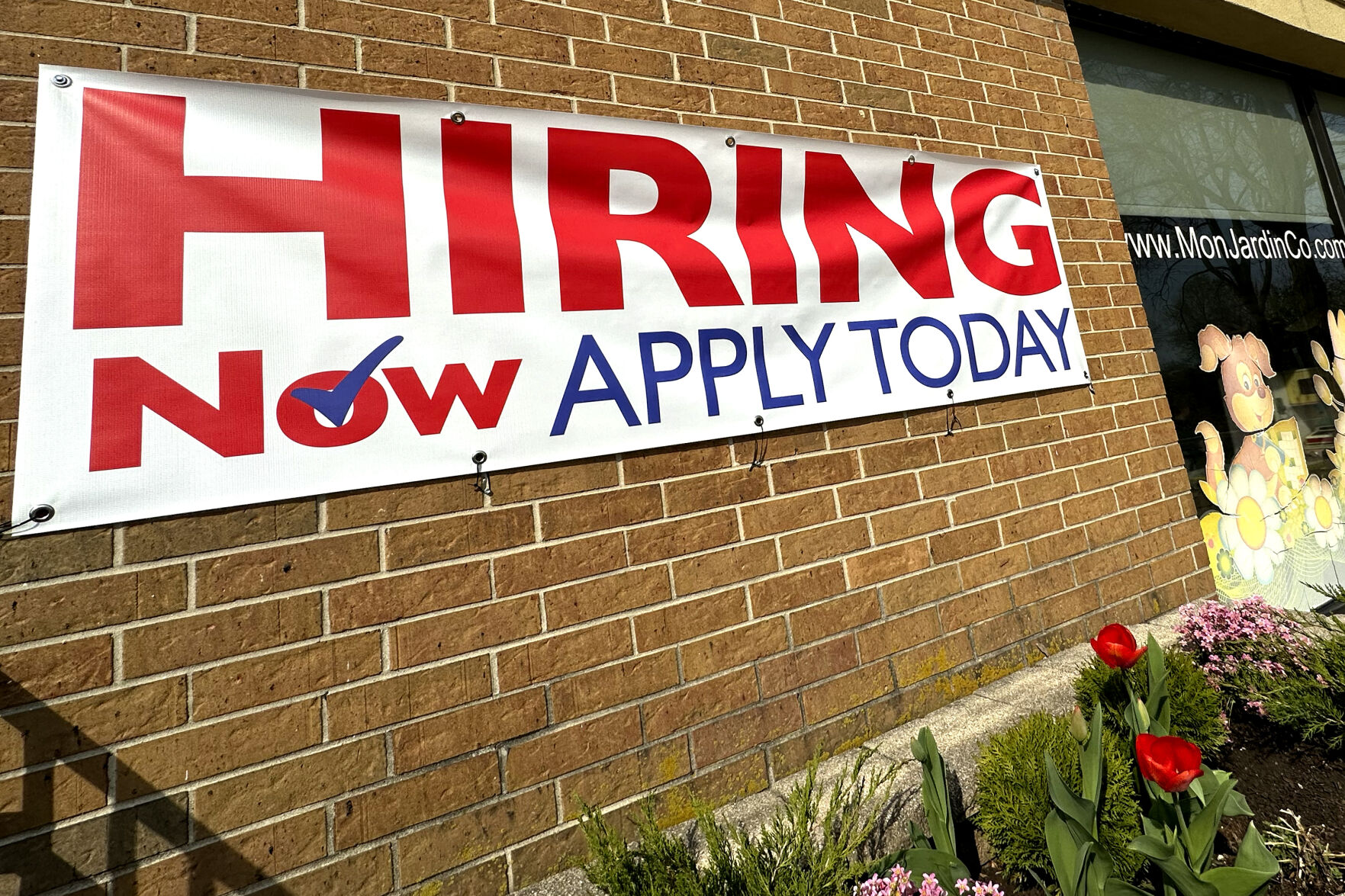WASHINGTON — The number of Americans applying for unemployment benefits fell last week, another sign that the job market remains resilient in the face of high interest rates.
Jobless claims dropped by 7,000 to 227,000 last week, the Labor Department reported today. The four-week average of claims, which smooths out week-to-week ups and downs, fell by 4,500 to 236,500.
In the week that ended Aug. 3, 1.86 million Americans were collecting jobless benefits, down by 7,000 from the week before.
Weekly filings for unemployment benefits, which are a proxy for layoffs, remain low by historic standards. From January through May, claims averaged a rock-bottom 213,000 a week. But they started rising in May, hitting 250,000 in late July and adding to evidence that high interest rates are taking a toll on the U.S. job market.
But claims have since fallen two straight weeks, dispelling worries that the job market was deteriorating rapidly rather than just slowing.
“Claims calmed down and their recent rise appears to be just a blip, not a fundamental shift in the labor market,” said Robert Frick, economist at the Navy Federal Credit Union.
The Federal Reserve, fighting inflation that hit a four-decade just over two years ago, raised its benchmark interest rate 11 times in 2022 and 2023, taking it to a 23-year high. Inflation has come down steadily — from 9.1% in June 2022 to a three-year low of 2.9% last month. Despite higher borrowing costs, the economy and hiring kept cruising along, defying widespread fears that the United States would sink into recession.
But the higher rates finally seem to be taking a toll. Employers added just 114,000 jobs in July, well below the January-June monthly average of nearly 218,000. The unemployment rate rose for the fourth straight month in July, though it remains low at 4.3%. Monthly job openings have fallen steadily since peaking at a record 12.2 million in March 2022. They were down to 8.2 million in June.
As signs of an economic slowdown accumulate and inflation continues to drift down toward its 2% target, the Fed is expected to start cutting rates at its next meeting in September.


